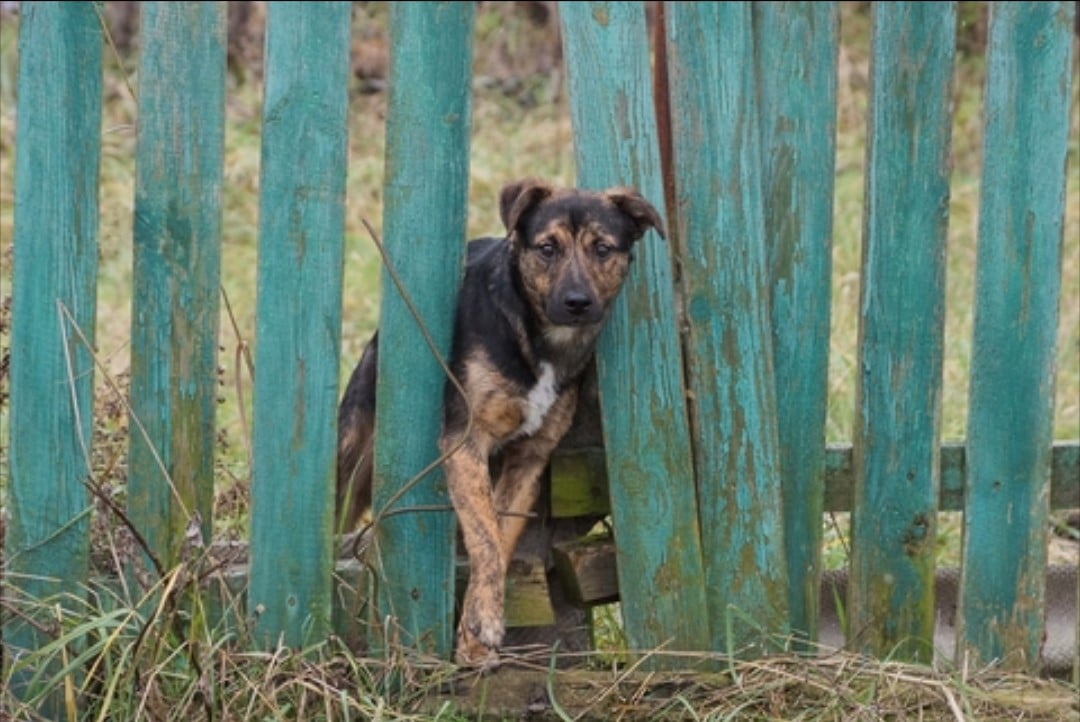Everything, Cats, Dogs, Training
How to Pet-Proof Your Yard
You want to keep your dog or cat safe in your yard. Perhaps you want to keep the neighbors’ cats and dogs out of your yard. Build a good fence, reinforce it, and design a yard that’s safe and fun for your dog or cat.
How to make fences dog-proof and cat-proof
Dogs find ways to go under, over, or through fences. Some dogs manage to open the gate if the latch isn’t secure. Cats are naturally good climbers, and they can often squeeze through small gaps in fences.
These steps will help keep cats and dogs from getting out of or in your yard:
- Check your fence and gate and make any necessary repairs. Fill any gaps that are more than a couple of inches wide.
- If you suspect that your dog can open the gate latch, replace the latch with a sturdier one. To go a step further, add an additional locking system, such as a slide bolt latch or a chain around the gate and the gatepost.
- To stop your dog from digging his way under the fence, put cement blocks under the fence or extend chicken wire from the bottom of the fence to a few feet underground. Give your dog a section of the yard with loose soil and sand to dig in to satisfy his digging urges.
- Put a “Keep gate closed” sign on both sides of the gate to remind people to keep the gate closed.
- If a table or other object is next to or near the fence, some animals will be able to jump over the fence. Don’t leave anything near the fence that animals could use as a jumping pad. In the winter, clear any snowdrifts that build up near the fence.
- Two types of fence extensions keep dogs and cats from going over the fence (to get out of the yard or into it):
- An inward extension of the fence made from chicken wire (this may be more effective at keeping cats and dogs in the yard than out of it)
- An electric wire along the top of the fence
Cats and dogs will be less inclined to try to escape if they’re content. Take your dog for a daily walk, and spend time playing with your dog or cat every day. Leave small cracks or holes in the fence so that cats and dogs can see what’s happening outside the yard. Provide toys for your dog or cat to play with.
Outdoor enclosures for cats and dogs
Sometimes making the whole yard pet-proof isn’t feasible, or you may be concerned about someone taking or harming your pet. Outdoor dog and cat enclosures allow you to build a kennel-like area in the yard where dogs and cats can be outdoors safely.
An online search for “outdoor cat enclosures” or “outdoor dog enclosures” produces links to sites where enclosures for cats and dogs are sold. If the enclosures are built next to the house, a cat door or dog door can allow the animals to go outdoors and indoors whenever they want.
How to make your yard safer for dogs and cats
Tips on making your yard safer for your cat or dog:
- Use only non-toxic pesticides in the garden, and for your lawn, only non-toxic fertilizer.
- Avoid toxic plants in your garden. A list of toxic plants is at the ASPCA Animal Control Center site.
- Mouse or rat poison can kill cats and dogs. If you use it anywhere in your yard or house, make it impossible for dogs or cats to get at it. Check your yard daily for any mice or rats that the poison may have killed. You don’t want your pet having contact with the body of a poisoned animal.
- Clean up dog poop every day. Animals can get parasites and bacterial infections from feces.
- Look at the ground from the point of view of a dog or a cat. Remove any sharp objects that could injure your pet’s feet.
Related reading at this site
- Gardens for People and Gardens for Cats
How to make your garden unattractive to cats, and how to create a garden just for them. - Pet Containment: What’s in it for Cats and Dogs?
An overview of pet confinement systems (wireless or invisible fences) and systems that keep pets from entering off-limits areas. - How to Pet-Proof Your Home
Tips on preparing your home for a new puppy, kitten, dog, or cat.


